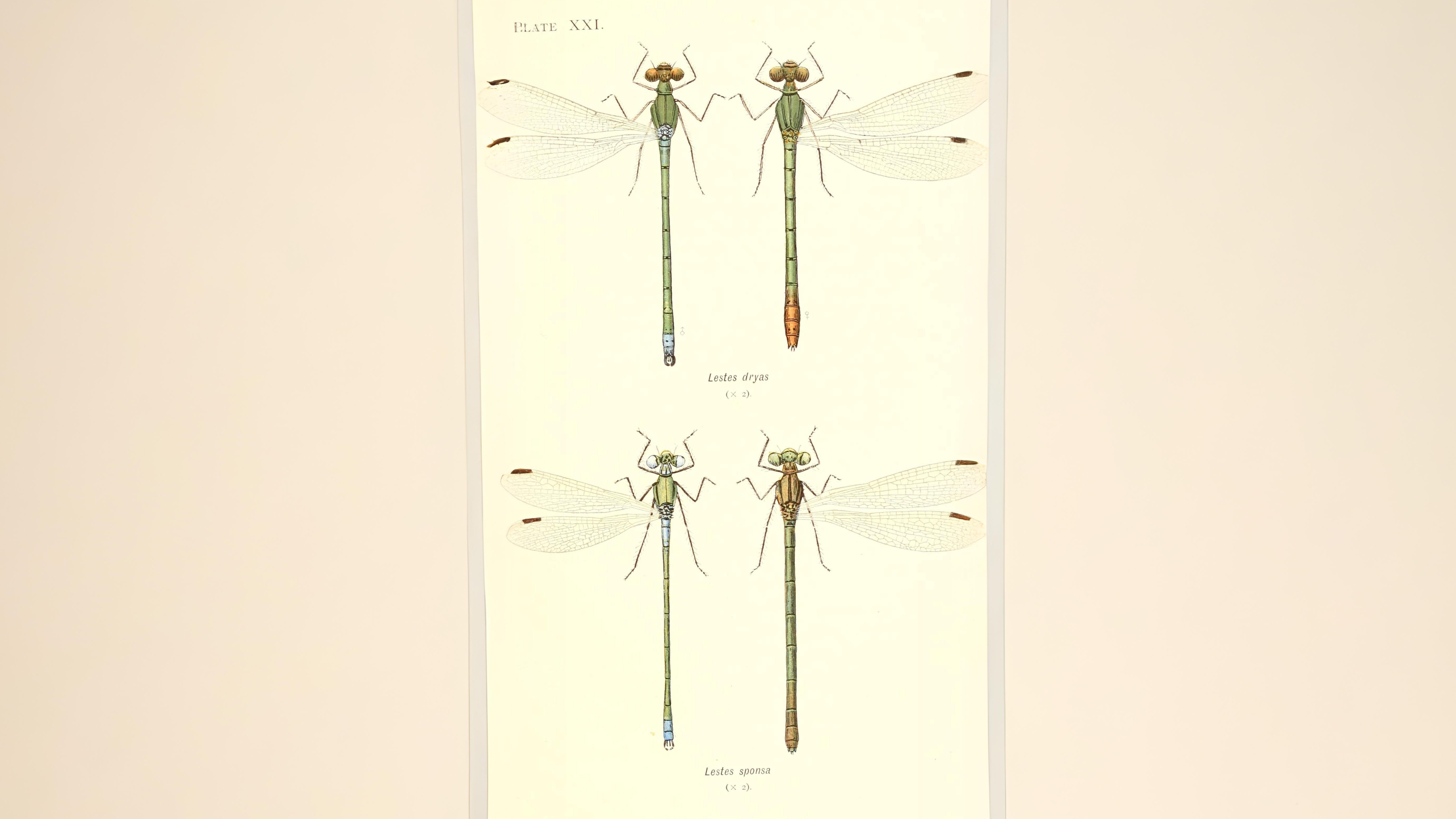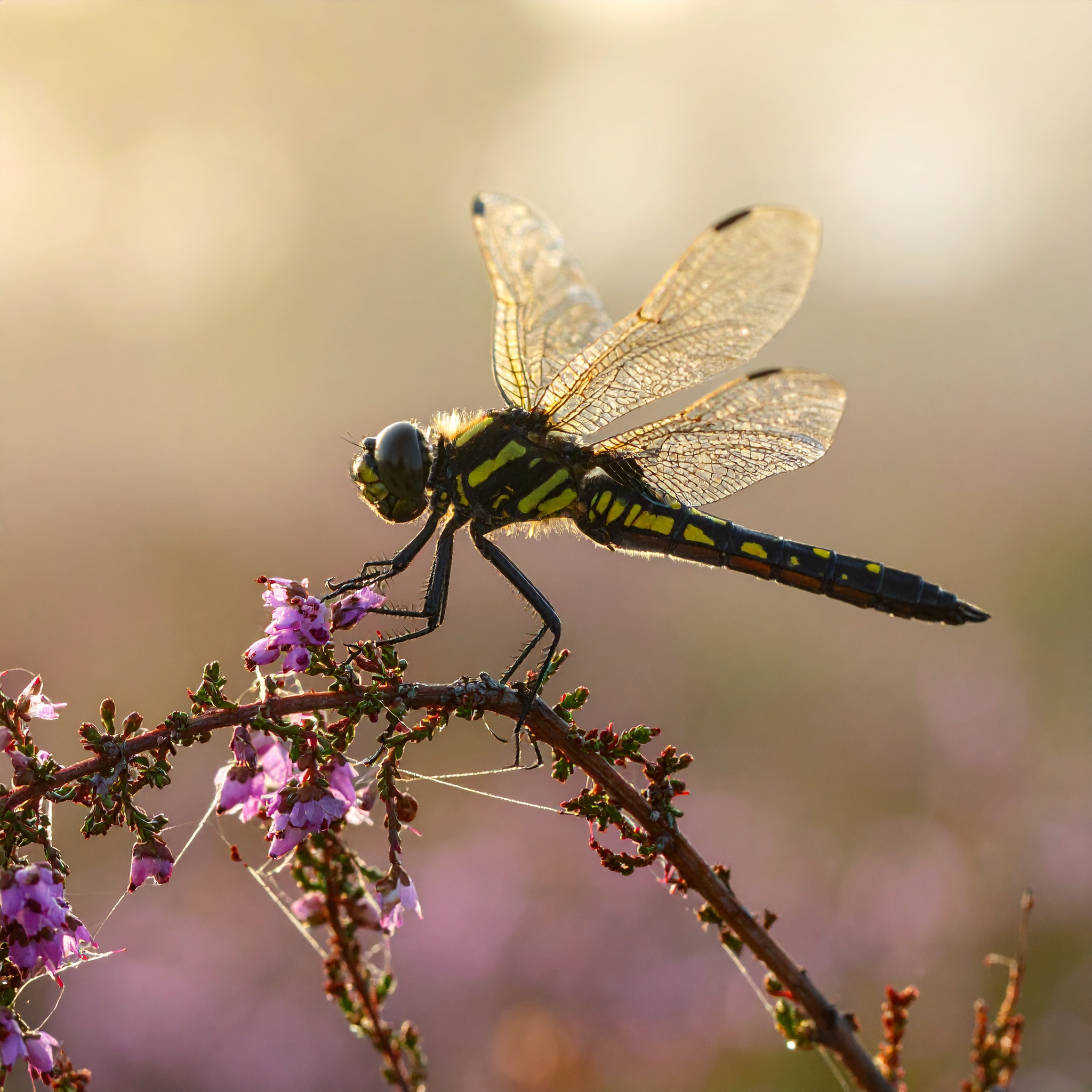
Did you know some dragonflies inspect humans like curious aliens, while others strike an ‘obelisk pose’ to avoid overheating? This month, London’s wetlands host sky-blue emperors, crimson ruddy darters, and the rare golden-ringed dragonfly—a heathland giant with striped armour. Learn why southern hawkers stalk woodland rides and how to tell migrant from brown hawkers (hint: check their fluff!). Return July 26 to master the art of dragonfly ID—before summer’s aerial ballet ends.
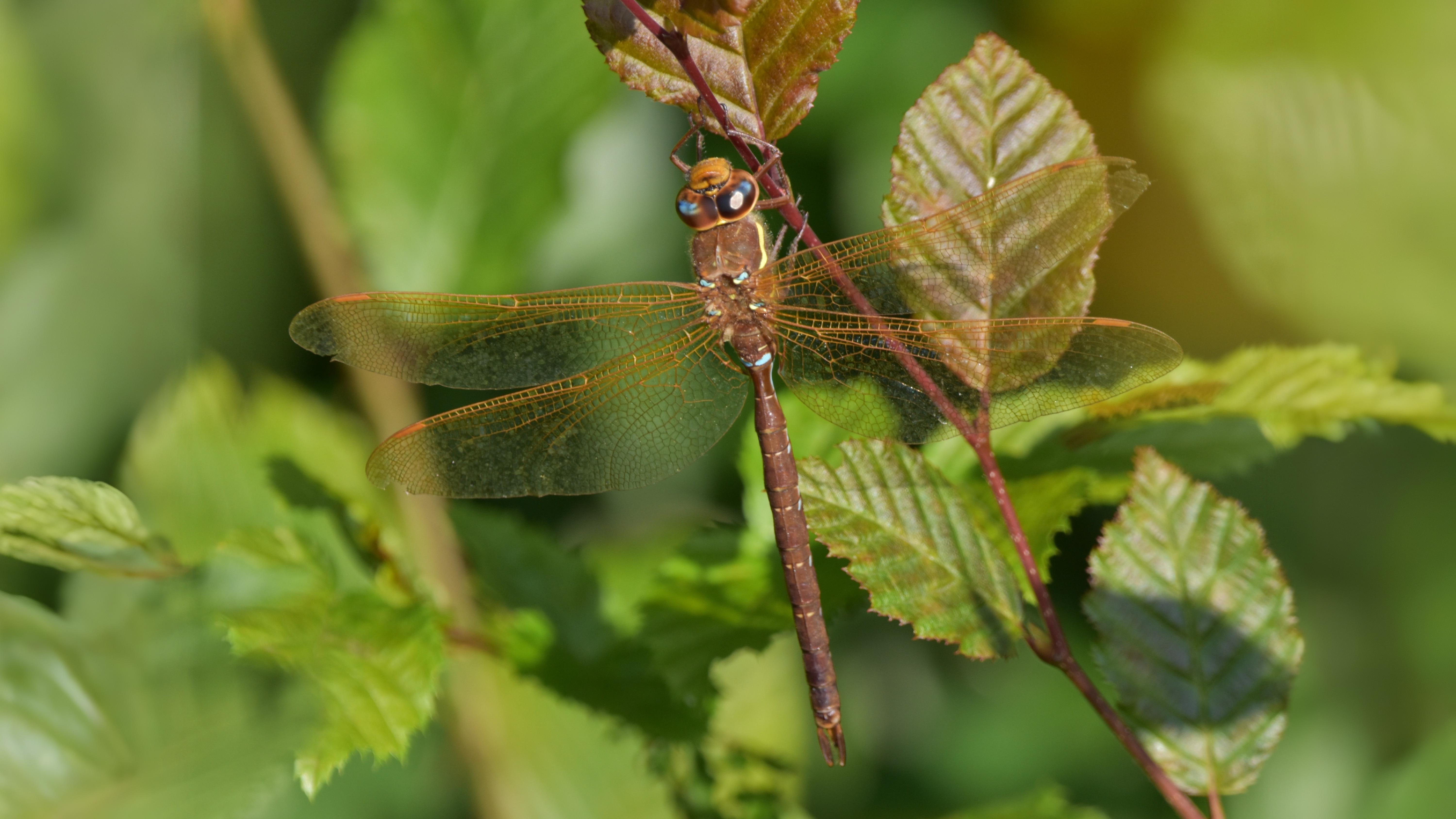

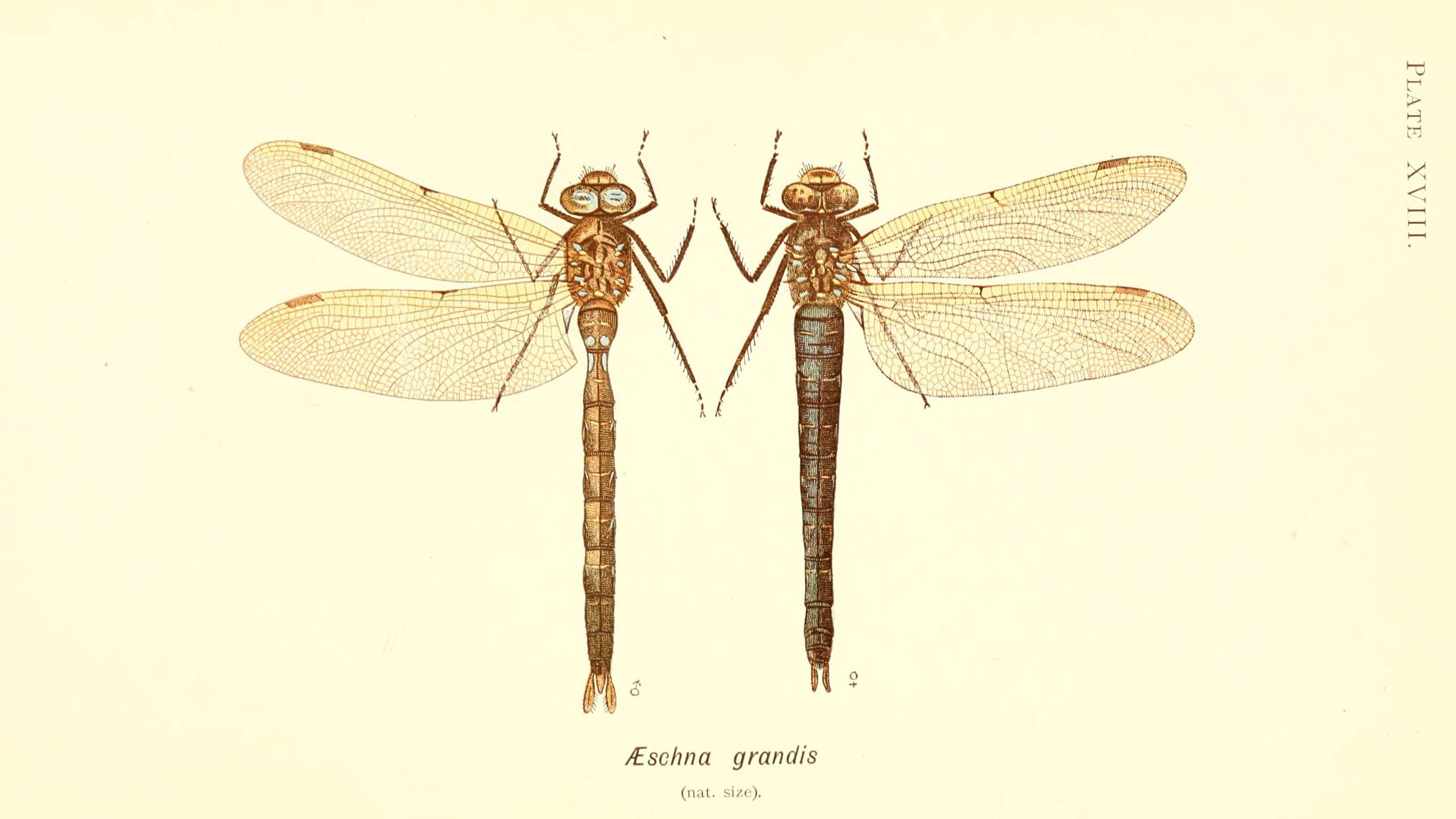

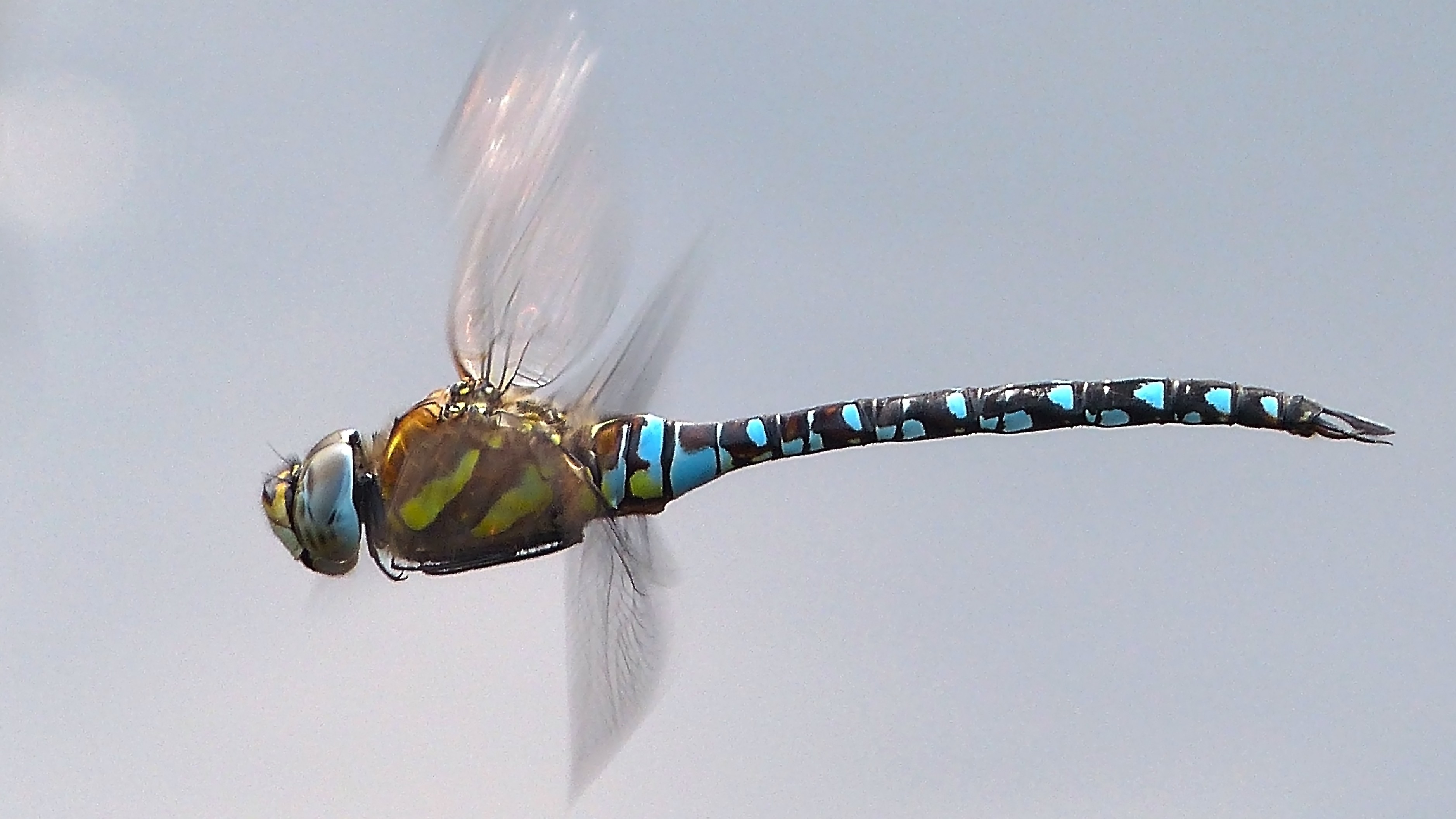



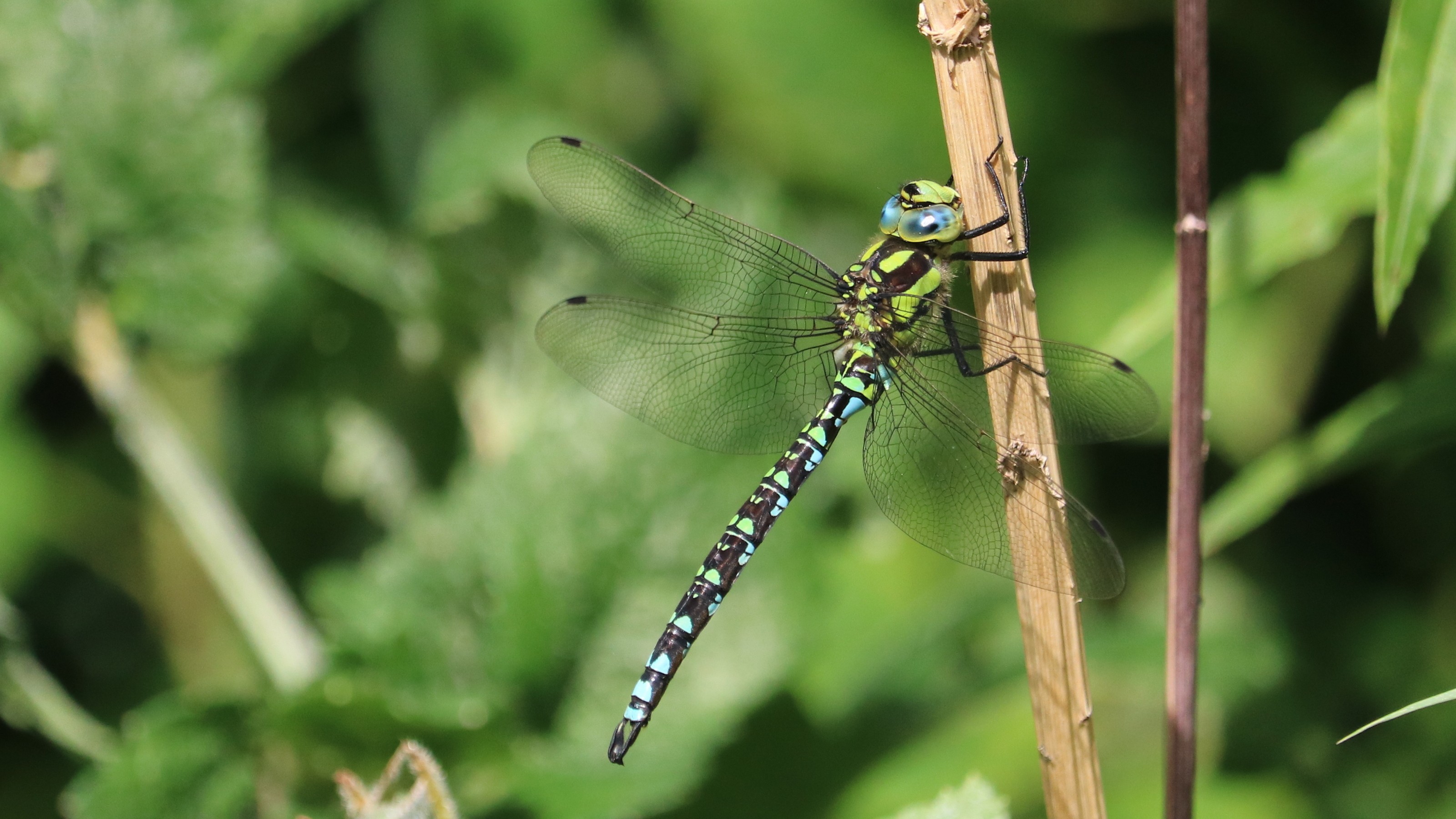

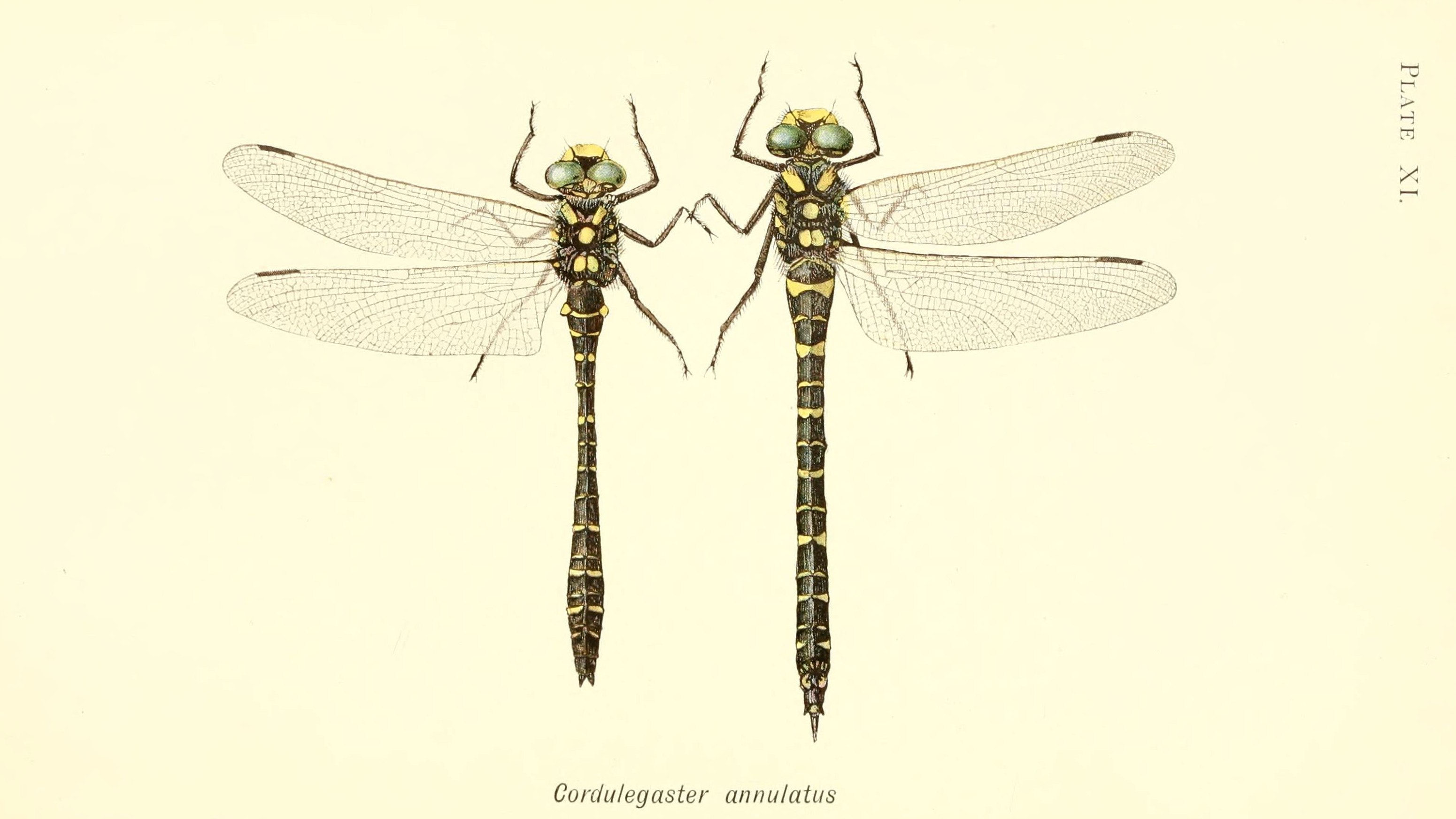



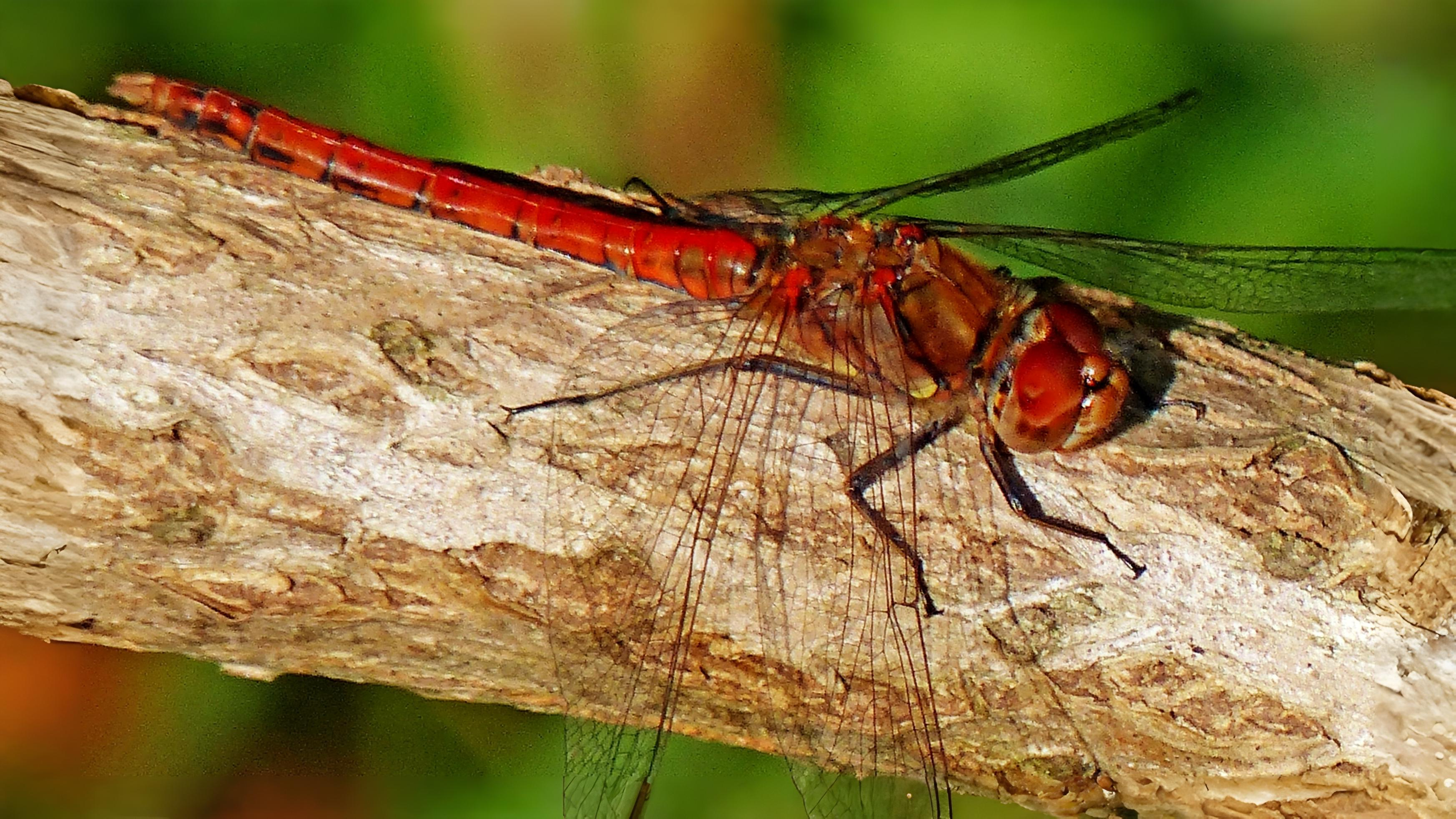

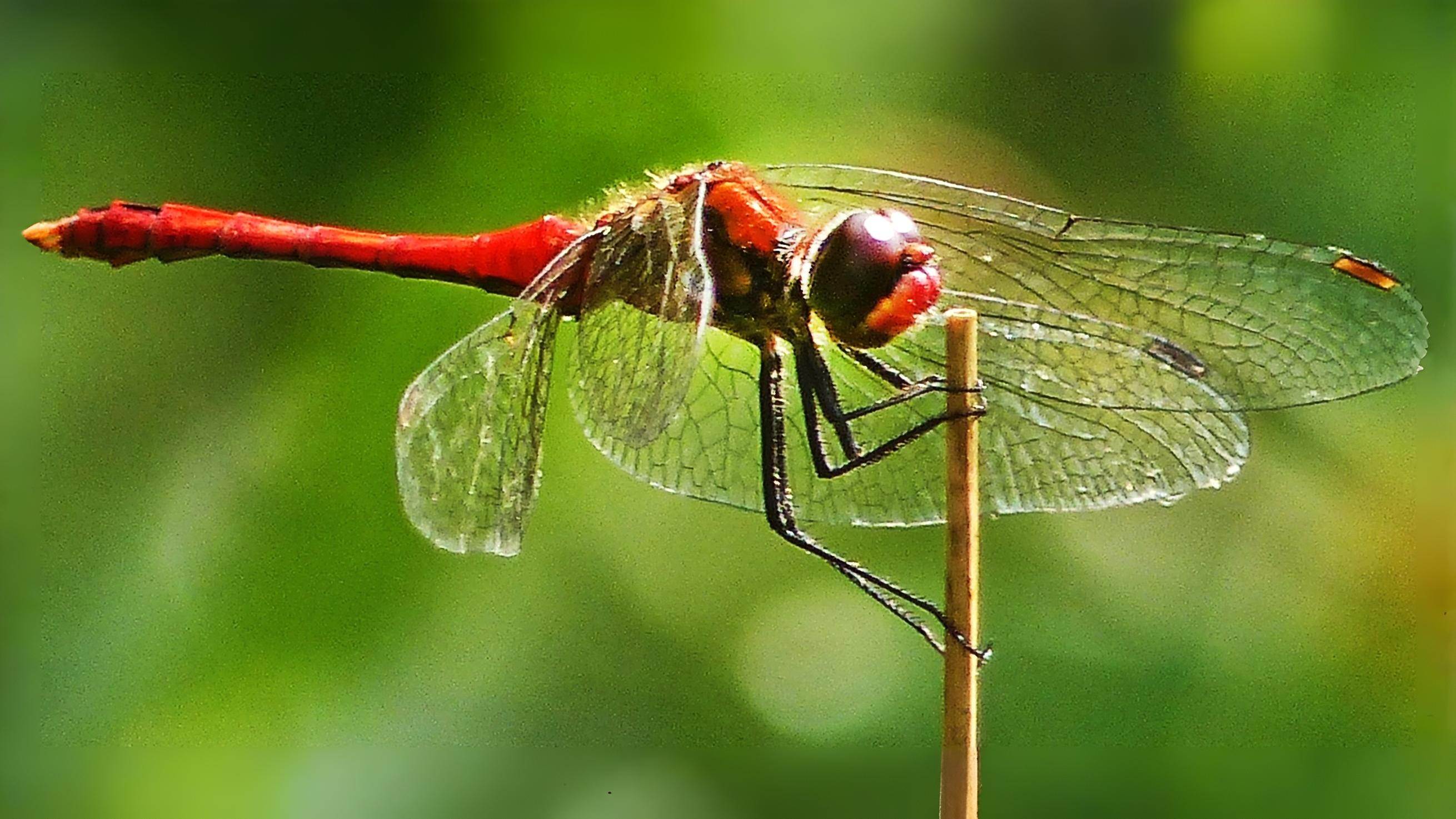

Lastly, there are the damselflies. The new ones this month are the emerald, scarce emerald and small red-eyed. These join the large red, azure, common blue, blue-tailed, red-eyed and white-legged, all of which are still flying from last month. The small red-eyed Erythromma viridulum arrived in 1999 and was originally only found on just two sites in east London. Now it is widespread. In the male, not surprisingly, it is its smaller size and exceptionally bright red eyes that distinguish it from the other male red-eyed damselfly. Similarly the smaller size of the female small red-eyed damselfly is also helpful in separating her from the female red-eyed damselfly. Cornmill meadows and Esher Common are both places where these confusing species fly together and so can be more easily compared.




